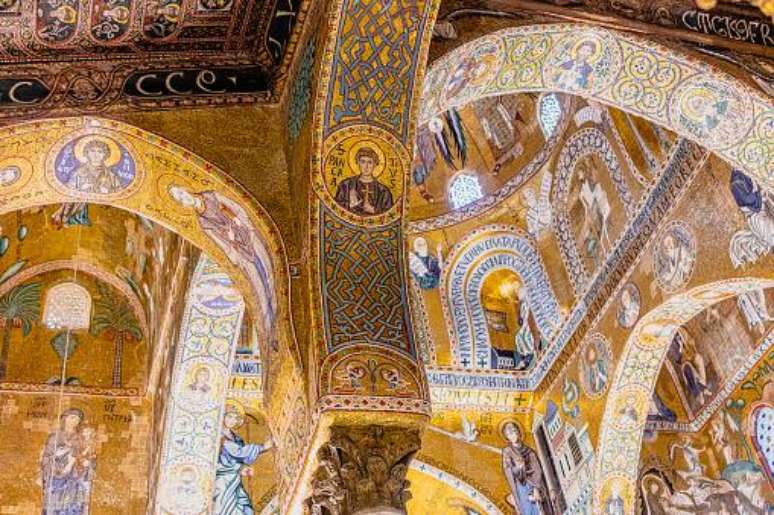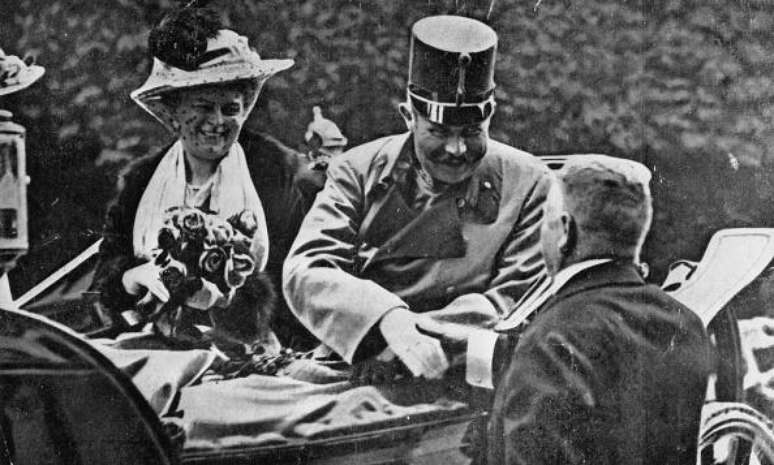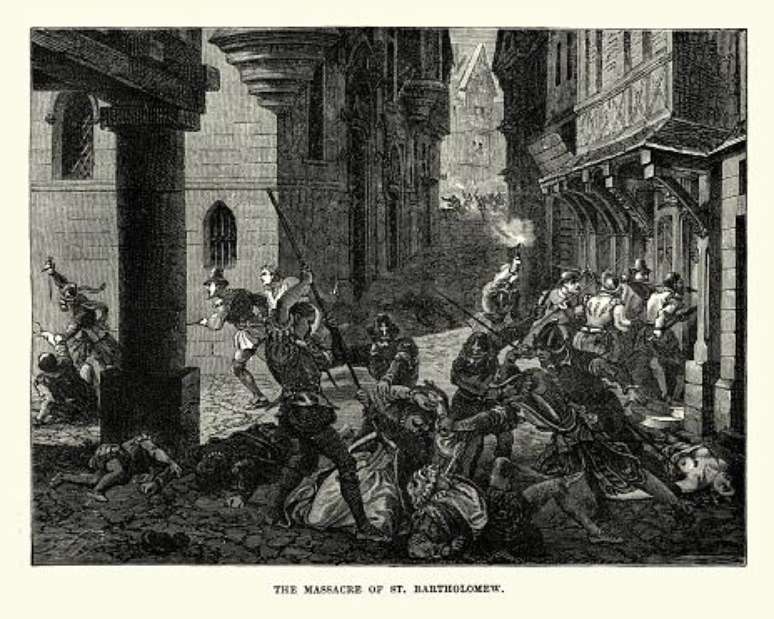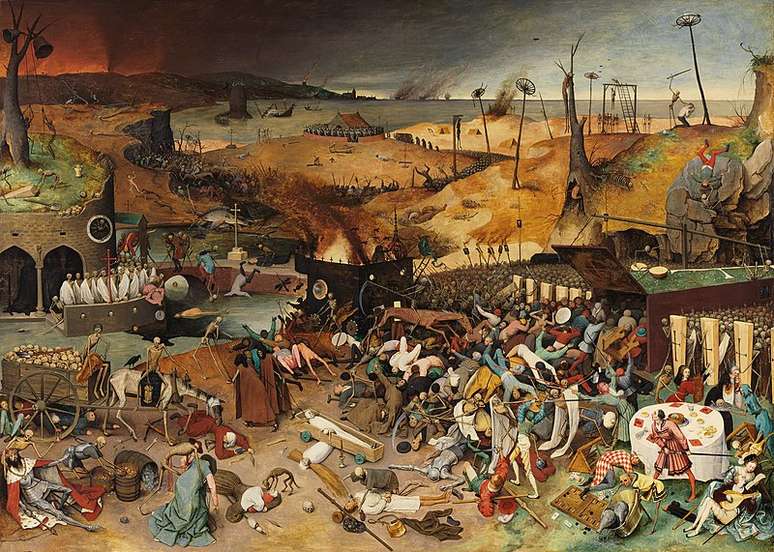Looking at the wars going on today, you can see that tensions between countries are worsening for reasons generally related to the struggle for power, territory and resources.
However, this is not always clear, since, at least at first, the reasons may seem harmless, or even just the result of combinations forged by chance.
1. Era of anarchy
An example of this is when the death of William Adeline, son of King Henry I of England, gave rise to political tensions in 1120. All this because he was the only legitimate son, and therefore heir to the throne.
Initially, Henry’s intention was for his daughter Matilda to occupy the position, but his nephew Stephen of Blois, in opposition to this plan, obtained the support of the court to be crowned after the death of the king, in the year 1135. Yes U-turns occurred and Matilda even managed to gain the crown after briefly capturing Stephen, but eventually returned to power, although significantly weakened.
As a consequence of this instability, England was immersed for nearly two decades in a civil war that became known as “anarchy” and, it is worth mentioning, inspired the famous series House of the Dragon. Eventually, Stephen agreed to have Matilda’s son appointed to the throne, which occurred in 1153.
2. Nika’s uprising

During the Byzantine Empire, a race at the Hippodrome of Constantinople also sparked a serious conflict. The horse of Emperor Justinian was considered the winner over the Nice horse, chosen by the population. Amid widespread discontent, given inequality and poverty, and in addition to the opposition’s attempt to overthrow the government, the Nika Revolt took on major dimensions in 532 AD
Justinian considered fleeing, but advised by Theodora, his wife, he ordered the revolt to be harshly repressed. It is worth remembering that in all this chaos more than 30 thousand people died.
3. Spark of the First World War

If we stop to reflect, the First World War also had as its starting point a tragic event which soon took on ever greater proportions. In general terms, tensions in Europe at that time were high, being motivated by territorial disputes, the advance of nationalism and much more.
But in history books it is documented that the death of Archduke Franz Ferdinand was the trigger for the First World War. The heir to the Austro-Hungarian empire was assassinated by a Serbian nationalist and the political crisis ended up extending far beyond the Balkan peninsula. From that episode onwards, the alliances signed between the countries gave rise to one of the most violent conflicts in history.
4. San Bartolomeo massacre

In the midst of the advance of Calvinism, the Catholic Church feared losing space and an incident, although not orchestrated by the institution, reflected this religious division. Thus, what seemed like a day of celebration turned into a night of blood.
The backdrop was the royal wedding of 18 August 1572, celebrated between Catherine de’ Medici’s daughter, Margaret of Valois, and Henry of Bourbon, leader of the Huguenots. In theory, the event should have brought together Catholics and Protestant Huguenots, sealing an agreement between the parties. But, on the 22nd, a failed attack triggered a massacre.
Catherine, anti-Protestant, is believed to have ordered the attack taking advantage of the presence of many Calvinists, including leaders. Initially there was a list of people to be executed, but the violence occurred indiscriminately. The death toll was between 20 and 50 thousand people and, as a direct consequence of the St. Bartholomew massacre, Calvinism almost disappeared from France.
Source: Terra
Rose James is a Gossipify movie and series reviewer known for her in-depth analysis and unique perspective on the latest releases. With a background in film studies, she provides engaging and informative reviews, and keeps readers up to date with industry trends and emerging talents.







